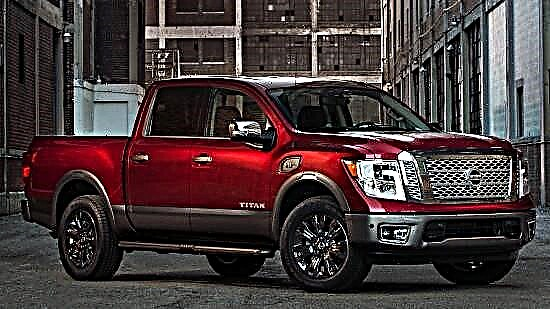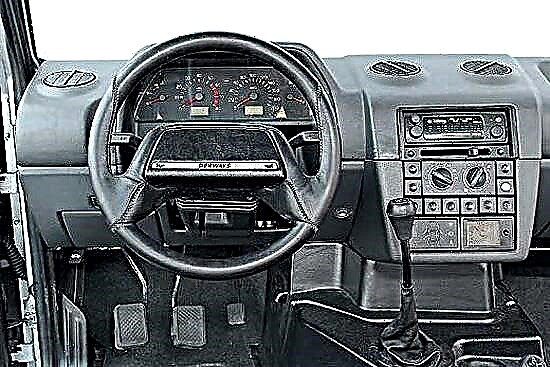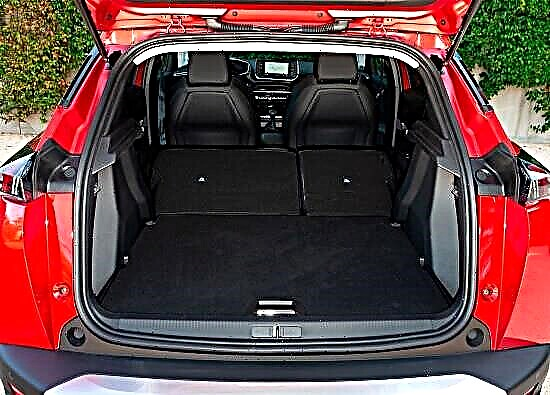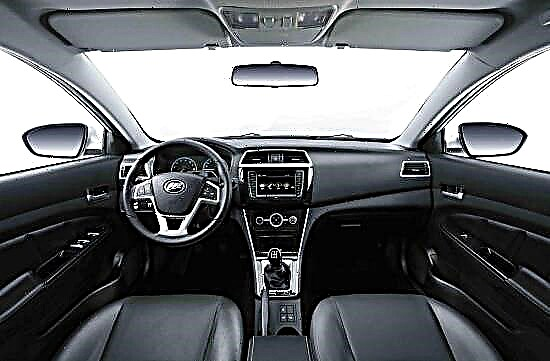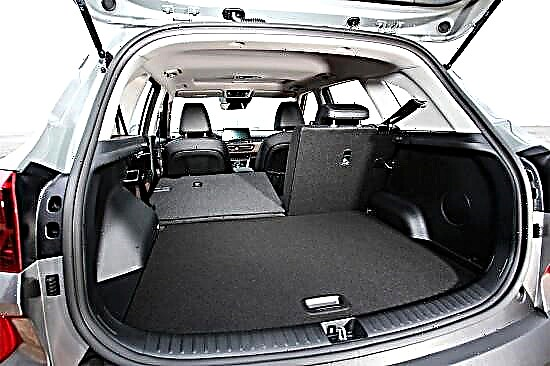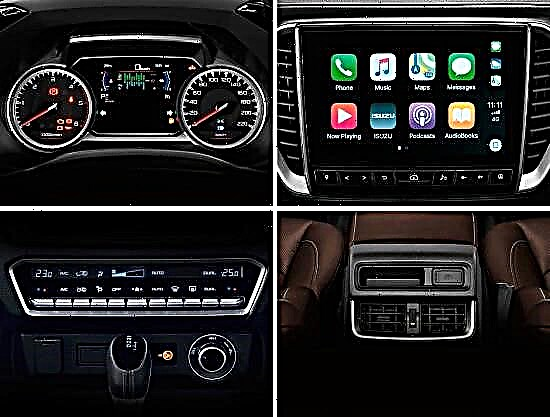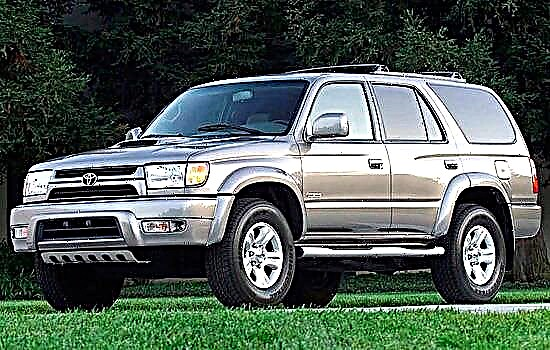The third-generation Toyota 4Runner SUV (internal designation N180) entered mass production in 1995, but if outwardly it resembled its predecessor, then technically it had little in common with it, moving away from the Hilux pickup. In 2001, the car underwent a slight update, which made cosmetic changes to the exterior and interior and added new equipment to the equipment list, after which it left the assembly line a year later.

"The third 4Runner" belongs to the class of compact SUVs, and it was offered exclusively in a five-door body version. The length of the "Japanese" is 4656 mm, its width does not exceed 1689 mm, and its height is 1715 mm. The front axle is 2675 mm distant from the rear axle, and the ground clearance in running order reaches an impressive 240 mm.

On the third generation Toyota 4Runner, gasoline atmospheric engines were installed - "fours" with a volume of 2.7 liters, developing from 152 to 182 horsepower and 240 Nm of torque, as well as a 3.4-liter V-shaped "six", the return of which is equal to 185 "horses" and 294 Nm of thrust.
Was available for the SUV and a turbo diesel with a volume of 3.0 liters and a capacity of 125 forces, producing 295 Nm of peak torque.
Partnership with the motors consisted of 5-speed "mechanics" or 4-speed "automatic", rear or plug-in all-wheel drive (both part-time and full-time).

The base for the "third 4Runner" is the "trolley" from the Land Cruiser Prado "70" series. On the front axle, an independent suspension with paired wishbones and coil springs is used, at the rear there is a dependent spring structure with a Panhard rod.
A hydraulic booster is embedded in the rack and pinion steering mechanism. The braking system is formed by disc and drum devices on the front and rear wheels, respectively, ABS is provided by default.
The owners of the 3rd generation Toyota 4Ranner note that the car has a high level of reliability, excellent off-road capabilities, high-torque engines, solid appearance and low cost of repair and maintenance.
But the car is not without its drawbacks - high fuel consumption, poor sound insulation, uncomfortable rear sofa and weak front light.

